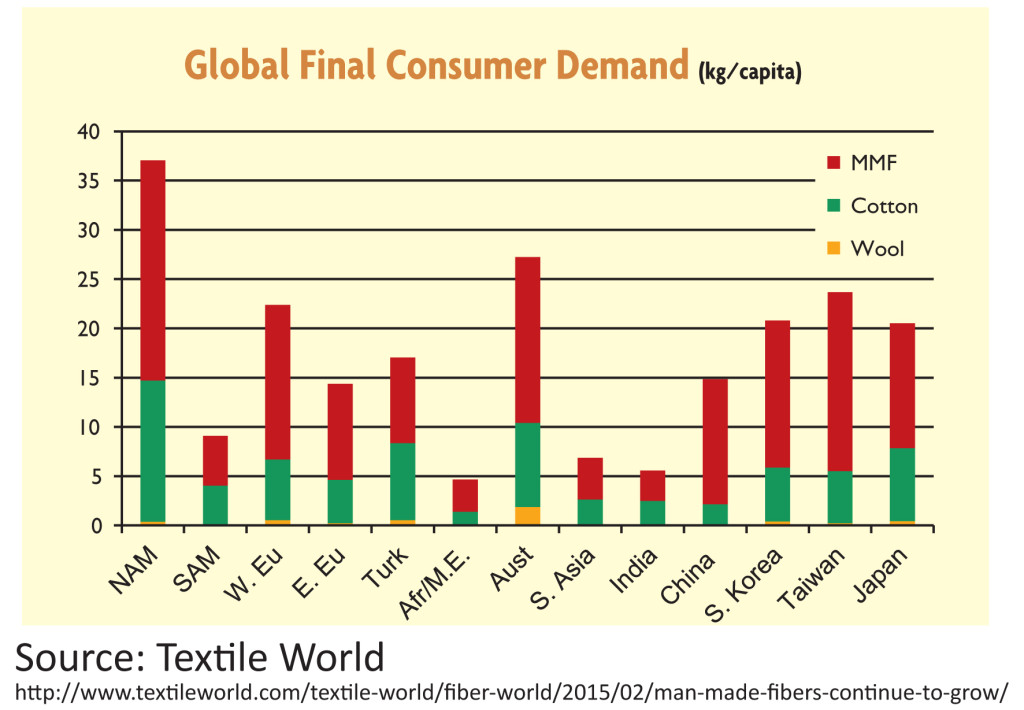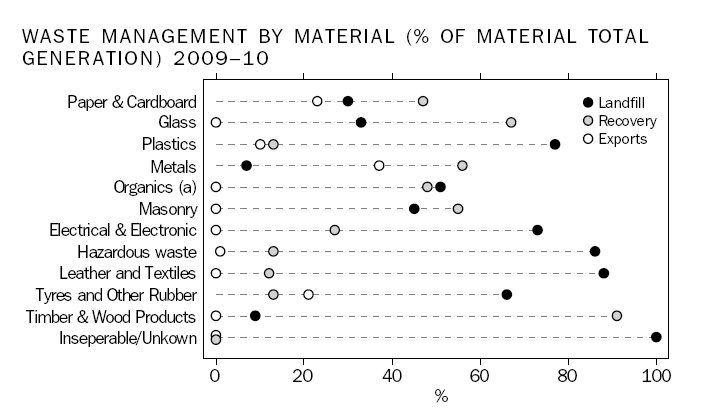Australians buy an average of 27 kilograms of new textiles each year and then discard about 23 kilograms* into landfill – and two-thirds of those discards are manmade synthetic/plastic fibres that may never breakdown.
Sustainability consultant Jane Milburn said Australians are the second-largest consumers of new textiles after north Americans who annually buy 37kg each, and ahead of Western Europeans at 22kg while consumption in Africa, the Middle East and India averages just 5 kg per person. These figures are sourced from north American magazine Textile World.
“There’s been a transformational shift in the way we source, use and discard our clothing which has major social and environmental implications. Fast fashion produced from global supply chains is driving purchasing of excessive new clothing, often discarded after a few wears,” Ms Milburn said.
Australian Bureau of Statistics figures indicate about 500,000 tonnes of leather and textiles are discarded each year, amounting to 23 kilograms* each, and only a fraction of this appears to be being recovered through recycling. The graph below suggests a recovery of about 15 percent.
“Most of our discards are just buried in landfill, so we can continue consuming without guilt. In a finite world, we can’t keep pretending this doesn’t matter. Queensland is the only state (with Northern Territory) that doesn’t have a landfill levy. We all have to be accountable for the waste.”
Ms Milburn said average global annual consumption of textiles has doubled from 7 to 13 kg per person in two decades – and in Australia is twice that at 27kgs per person – and the majority of new clothing is now made from synthetic fibres derived from petroleum.
“Ecological research by Dr Mark Browne has shown synthetic clothes like polyester are shedding microplastic particles into the wastewater stream with every wash and then enter the food chain.
“In the same way we are aware of what we eat and want to know more about cooking and growing food, we are becoming more conscious about what we wear. We need to at least know the basics about how clothes are made, and how to make simple repairs to extend their lifespan.”
Textile Beat has developed a Slow Clothing Manifesto to inspire change in the way we engage with clothing for the good of ourselves, society and the planet. The manifesto is based on 10 actions: think, natural, quality, local, care, few, make, adapt, revive and salvage.
Brisbane residents have a unique opportunity to immerse in reuse and upcycling at the inaugural Revive pop-up second-hand fashion festival run by Brisbane City Council at South Bank cultural precinct on Friday August 19 from 2-8pm. More details here
Jane Milburn addressed Brisbane City Council on November 24 about the potential to create a more sustainable clothing culture.
*Australian Bureau of Statistics reports 501,000 tonnes of leather and textiles sent to landfill in 2009-10. Australian population 22 million in 2010, which averages out to 22.7kg per person. This figure may include carpets but that is not specified by the ABS.


This concludes that australia consumption is very large considering their small population